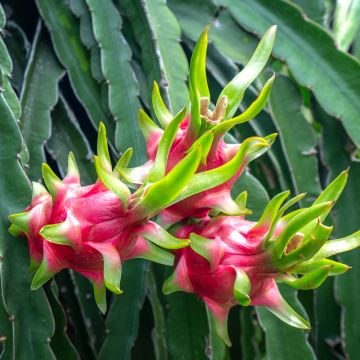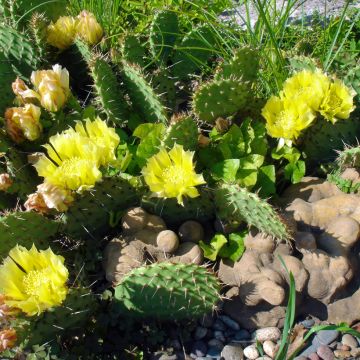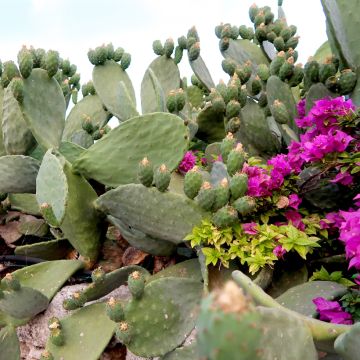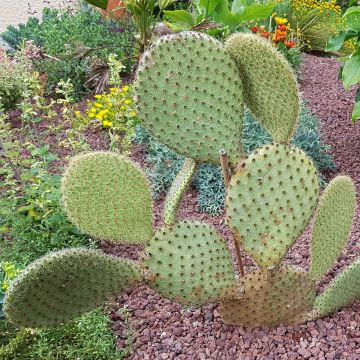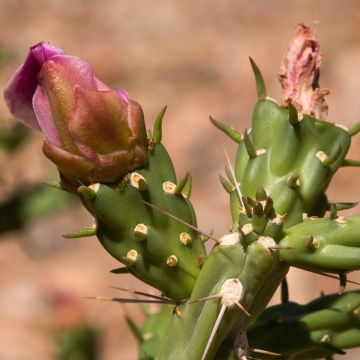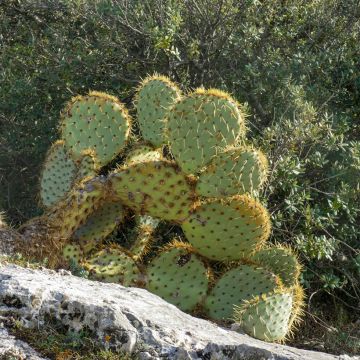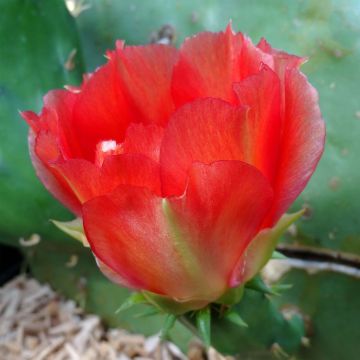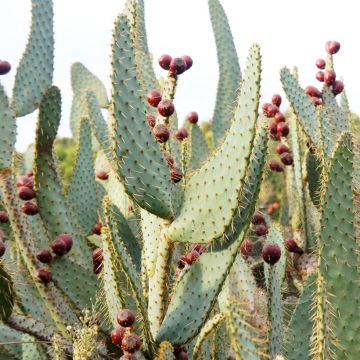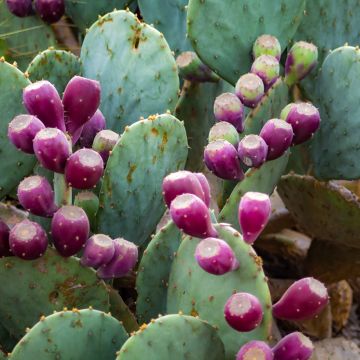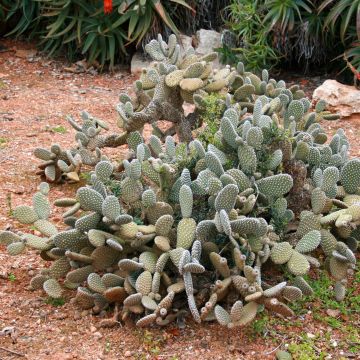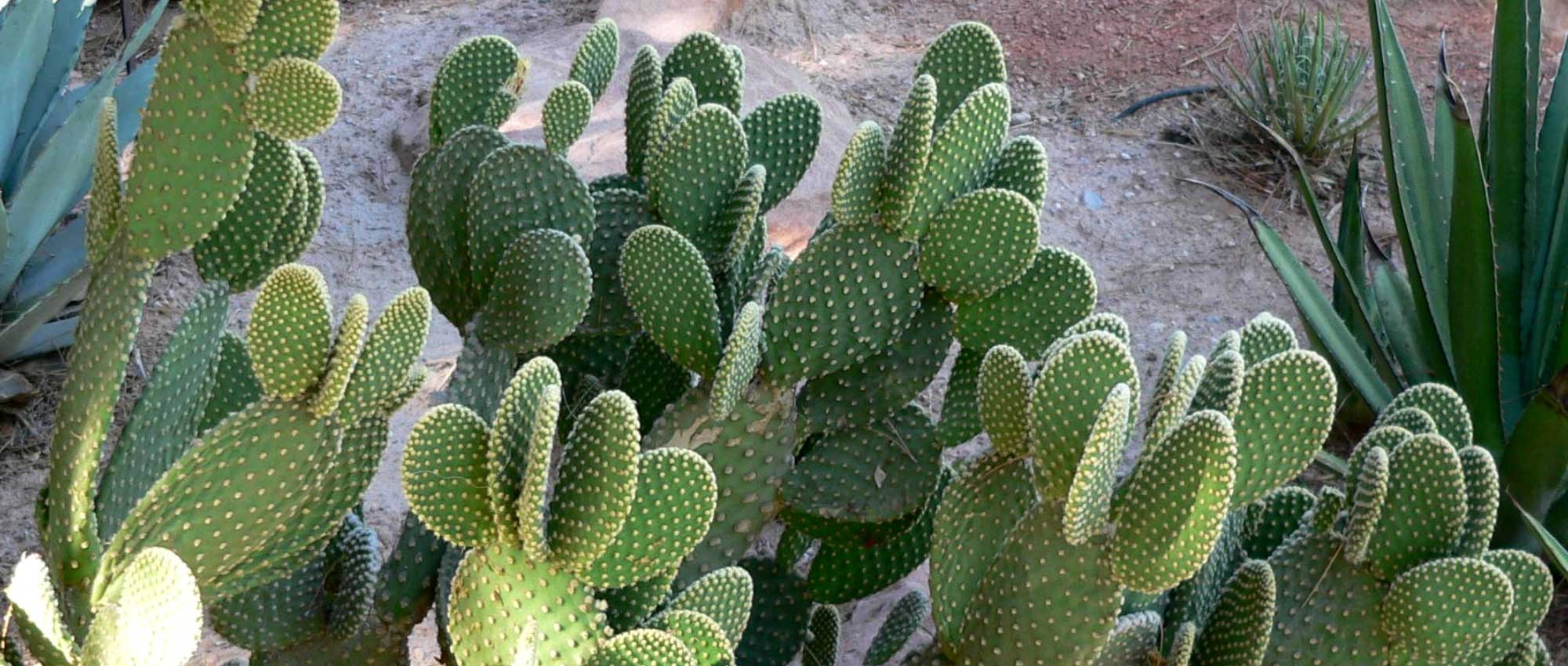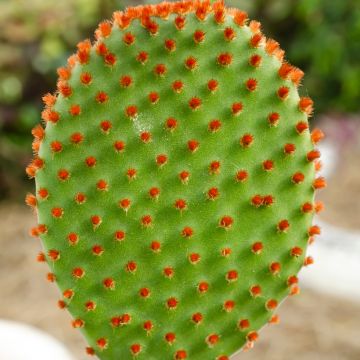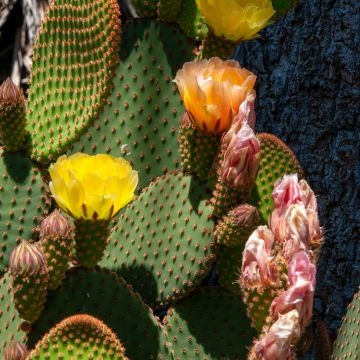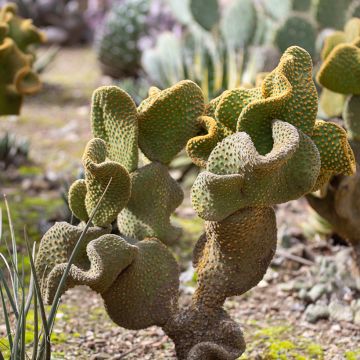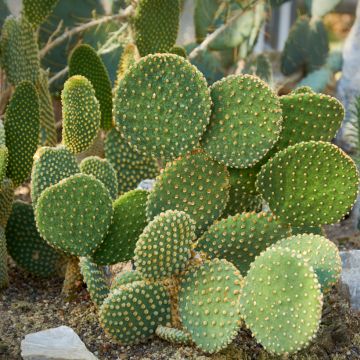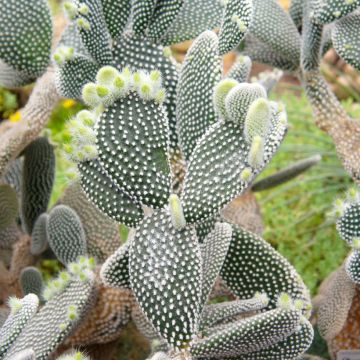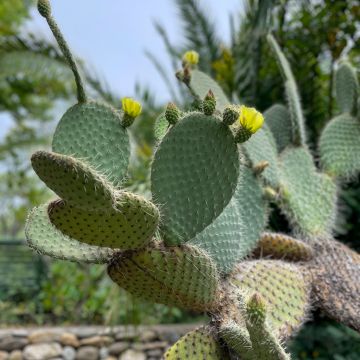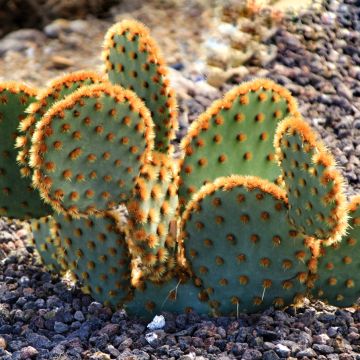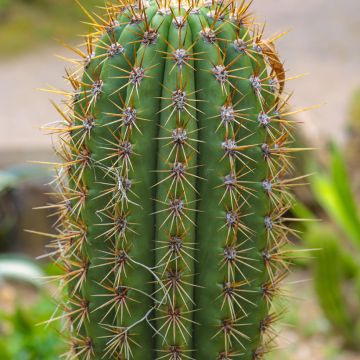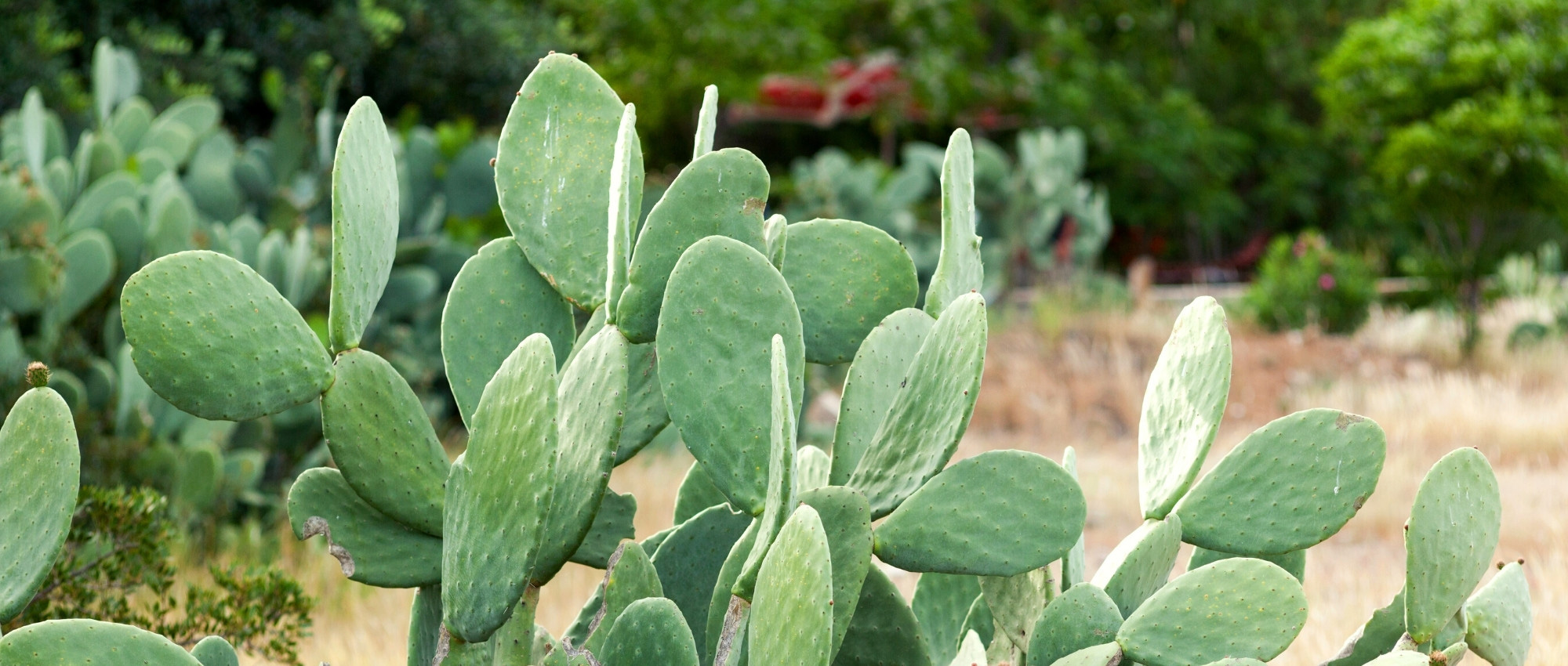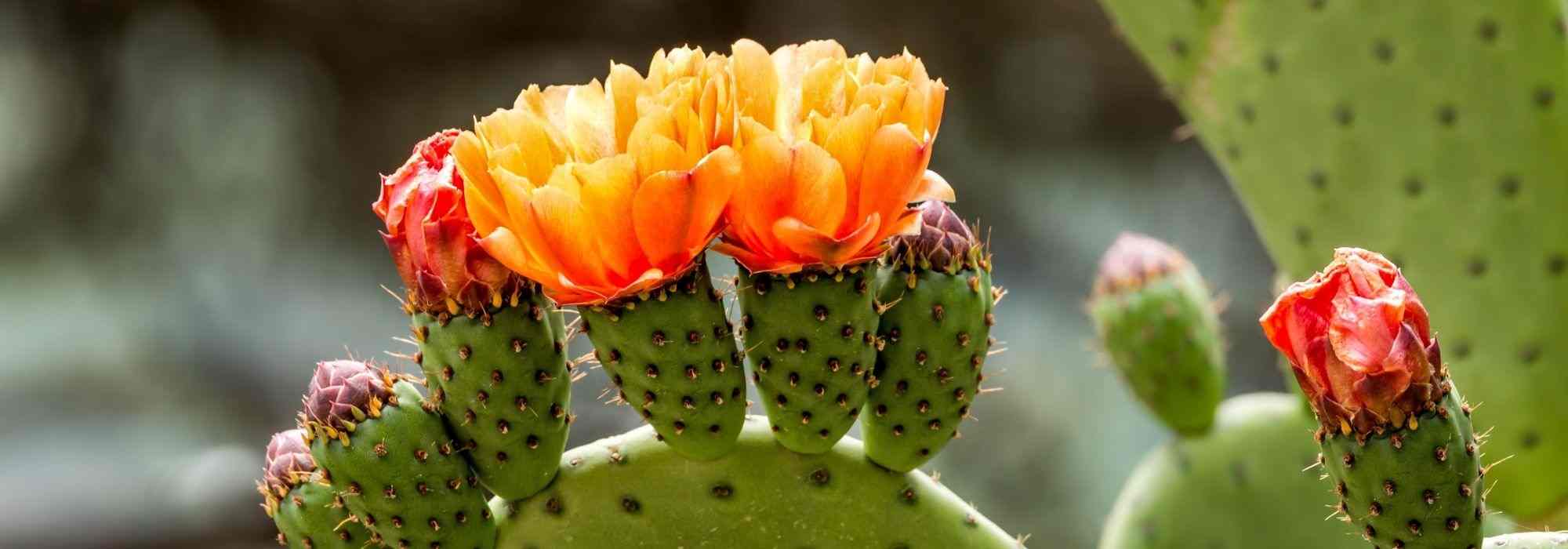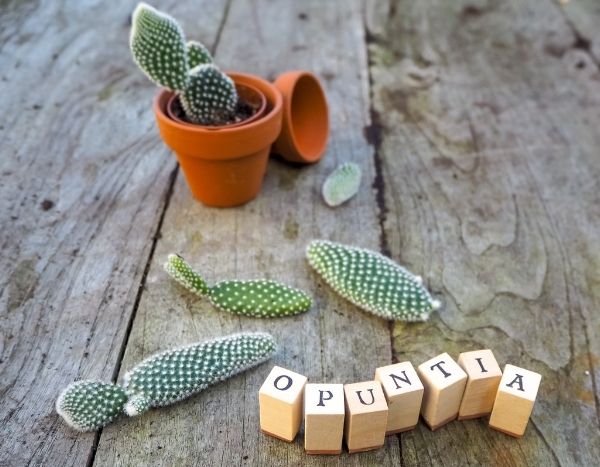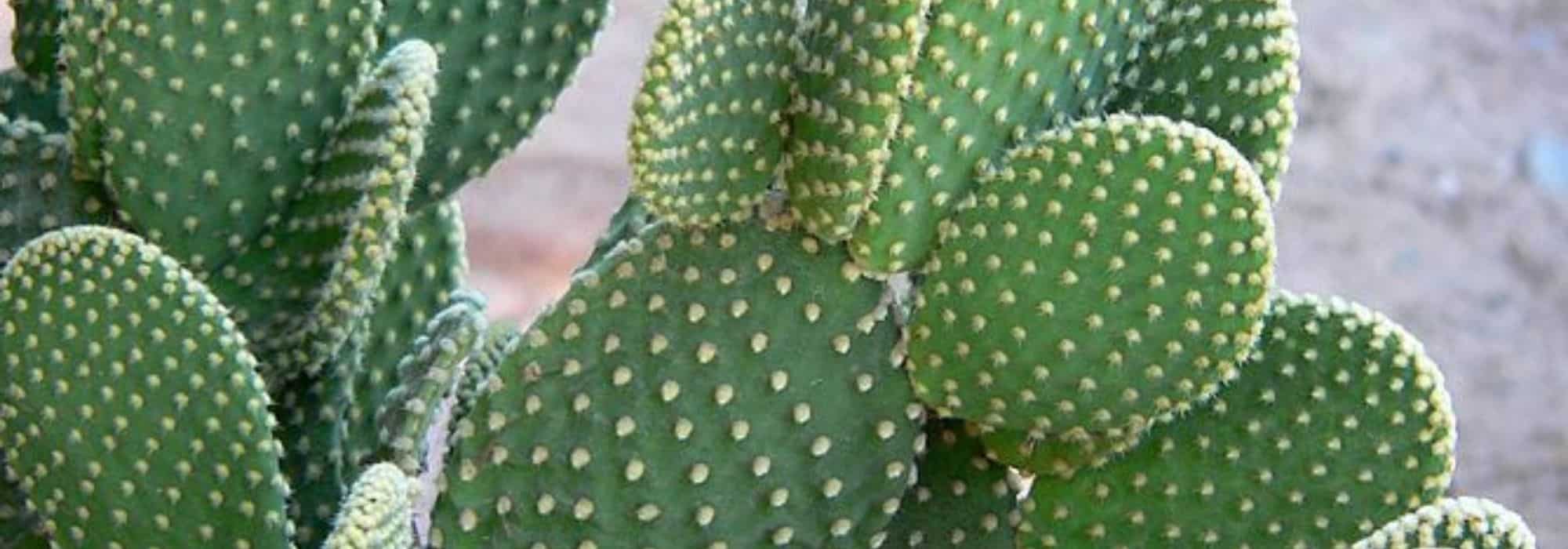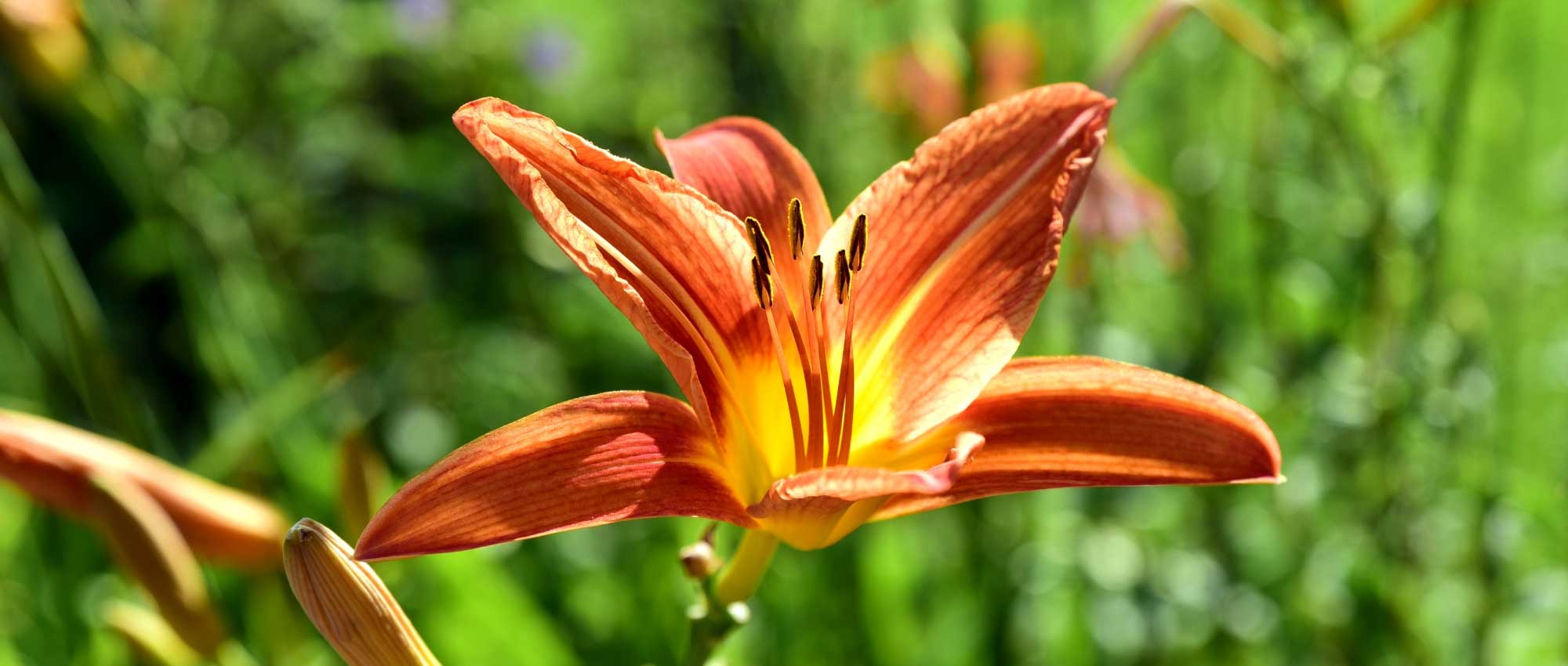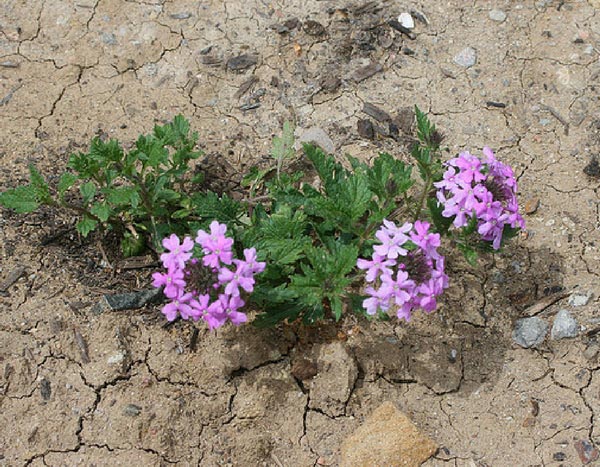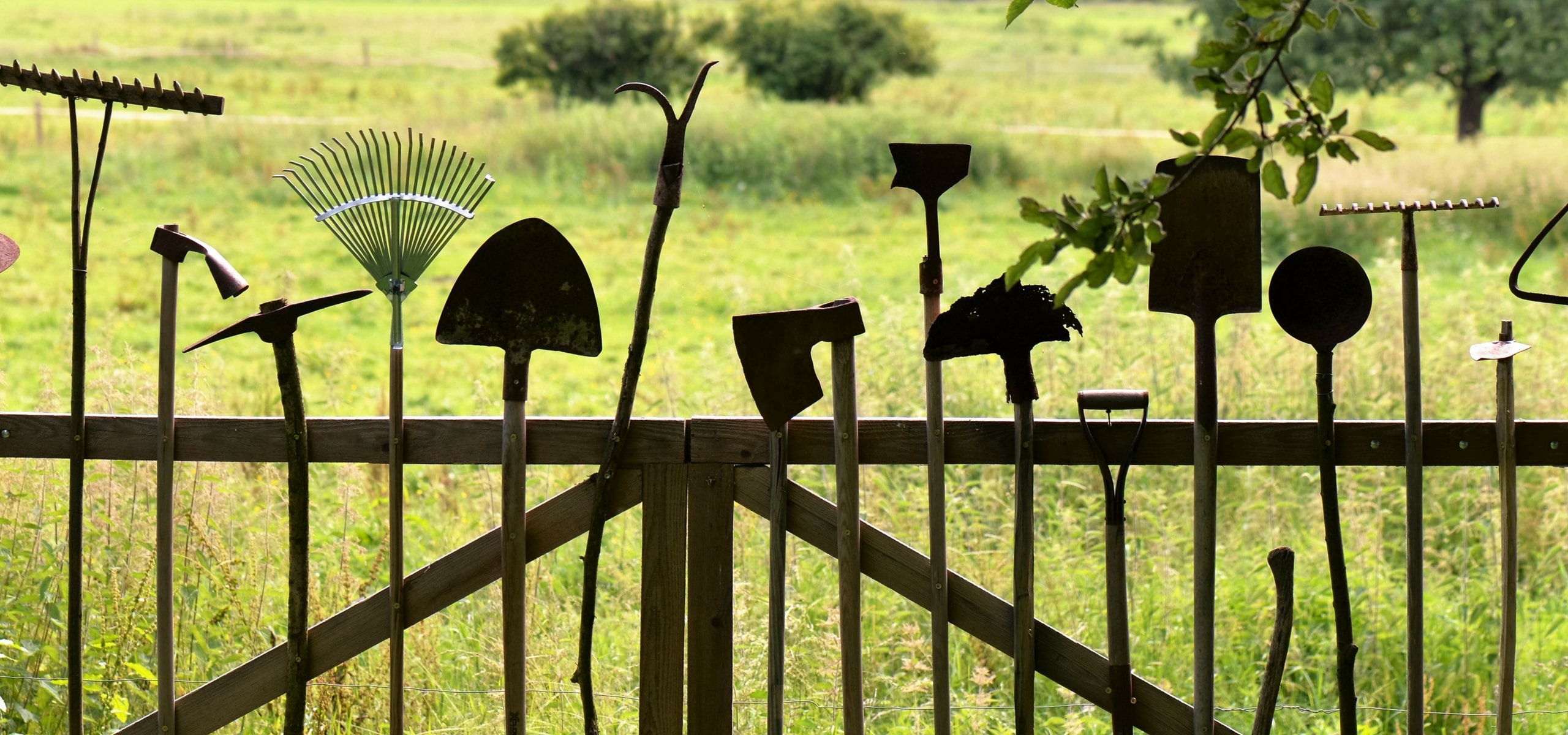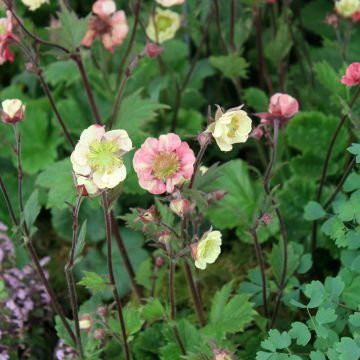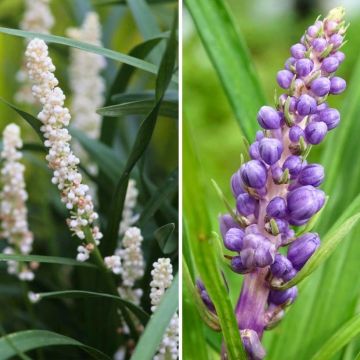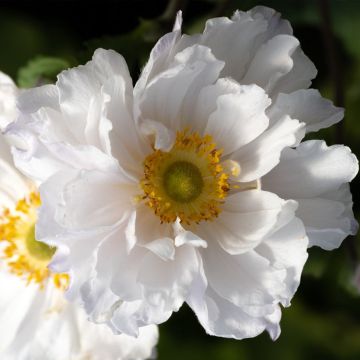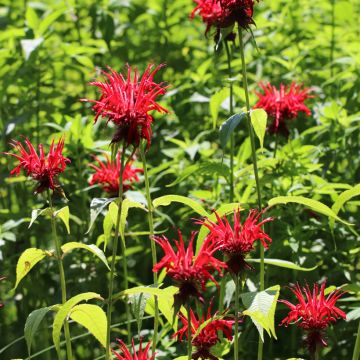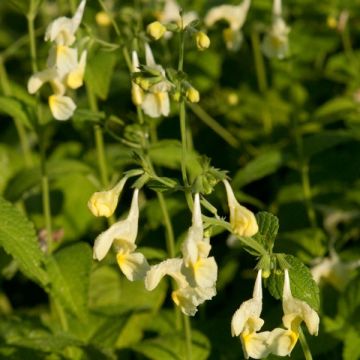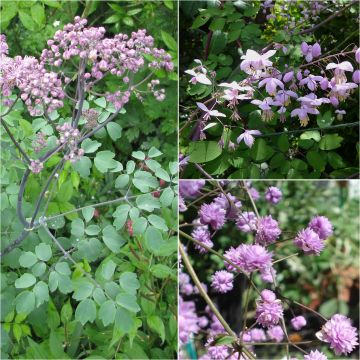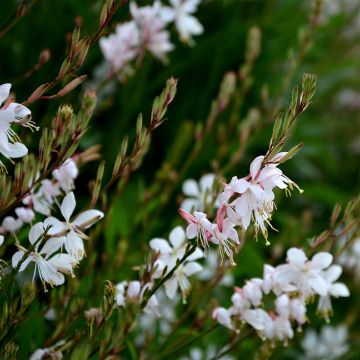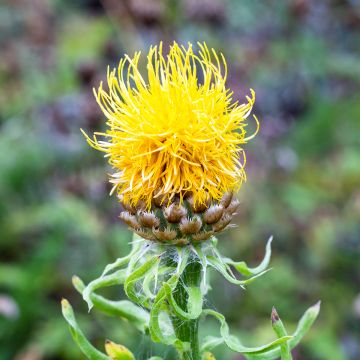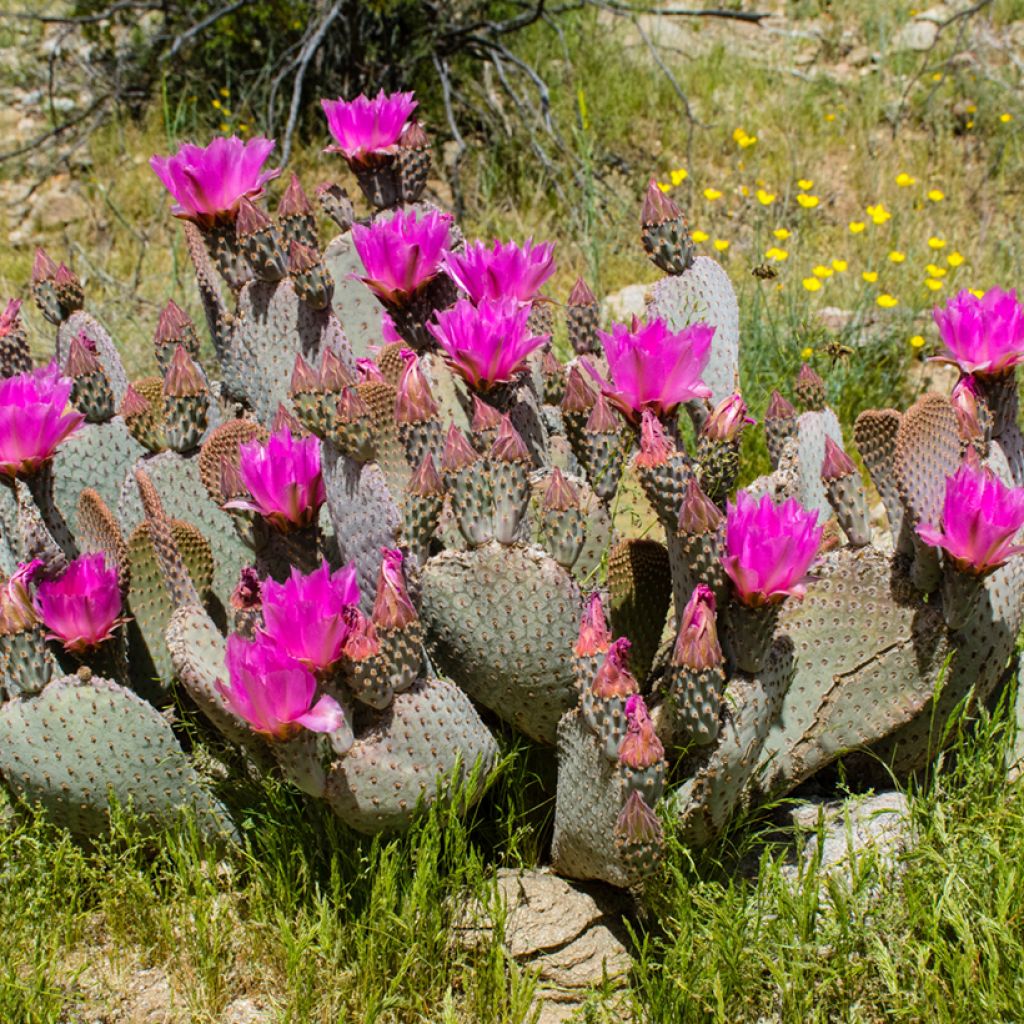

Opuntia basilaris - Beaver tail cactus
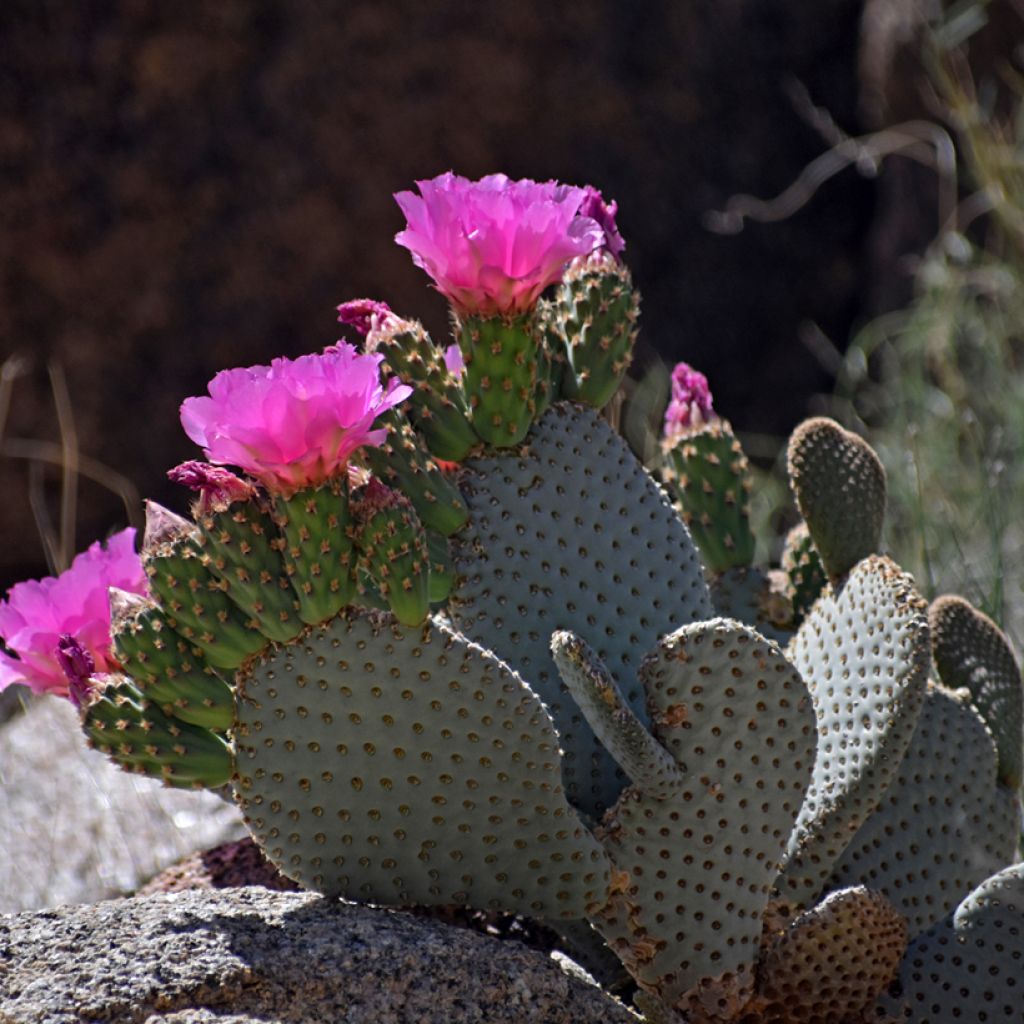

Opuntia basilaris - Beaver tail cactus
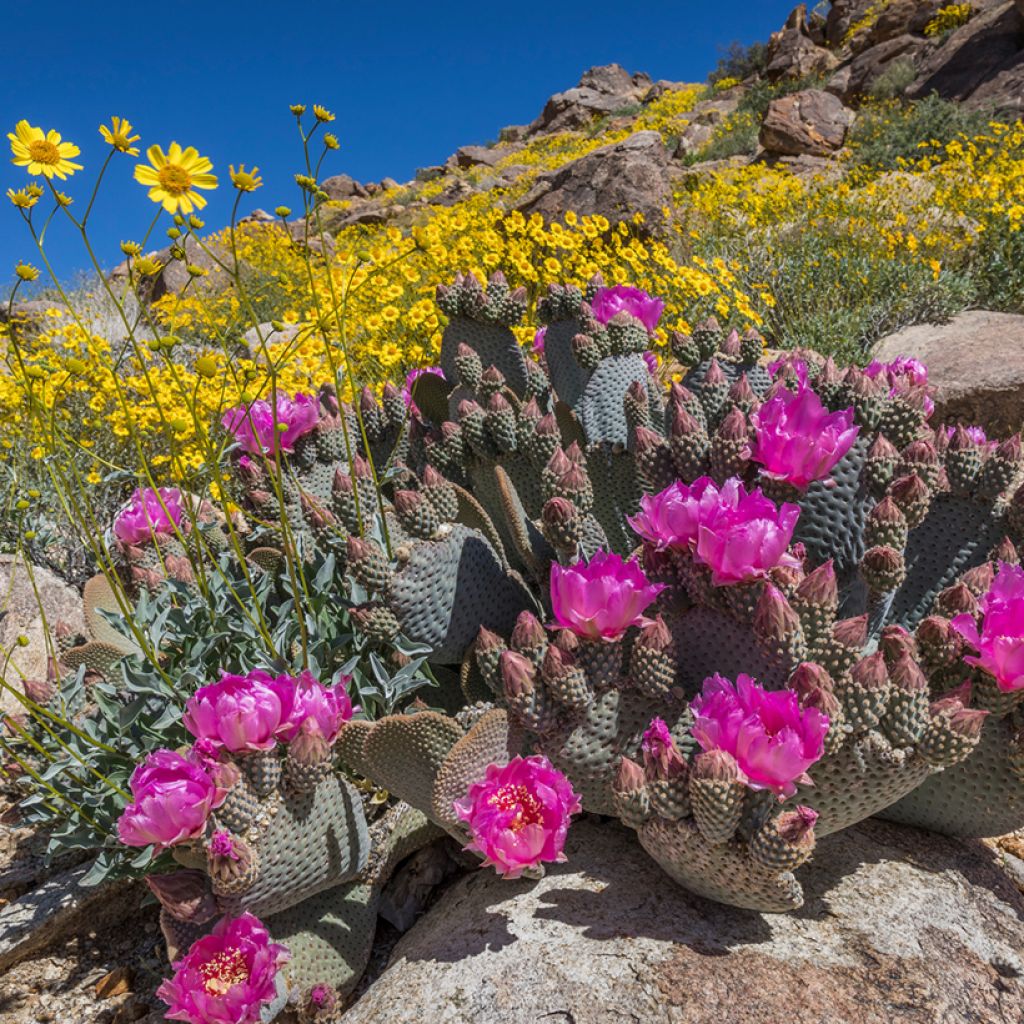

Opuntia basilaris - Beaver tail cactus
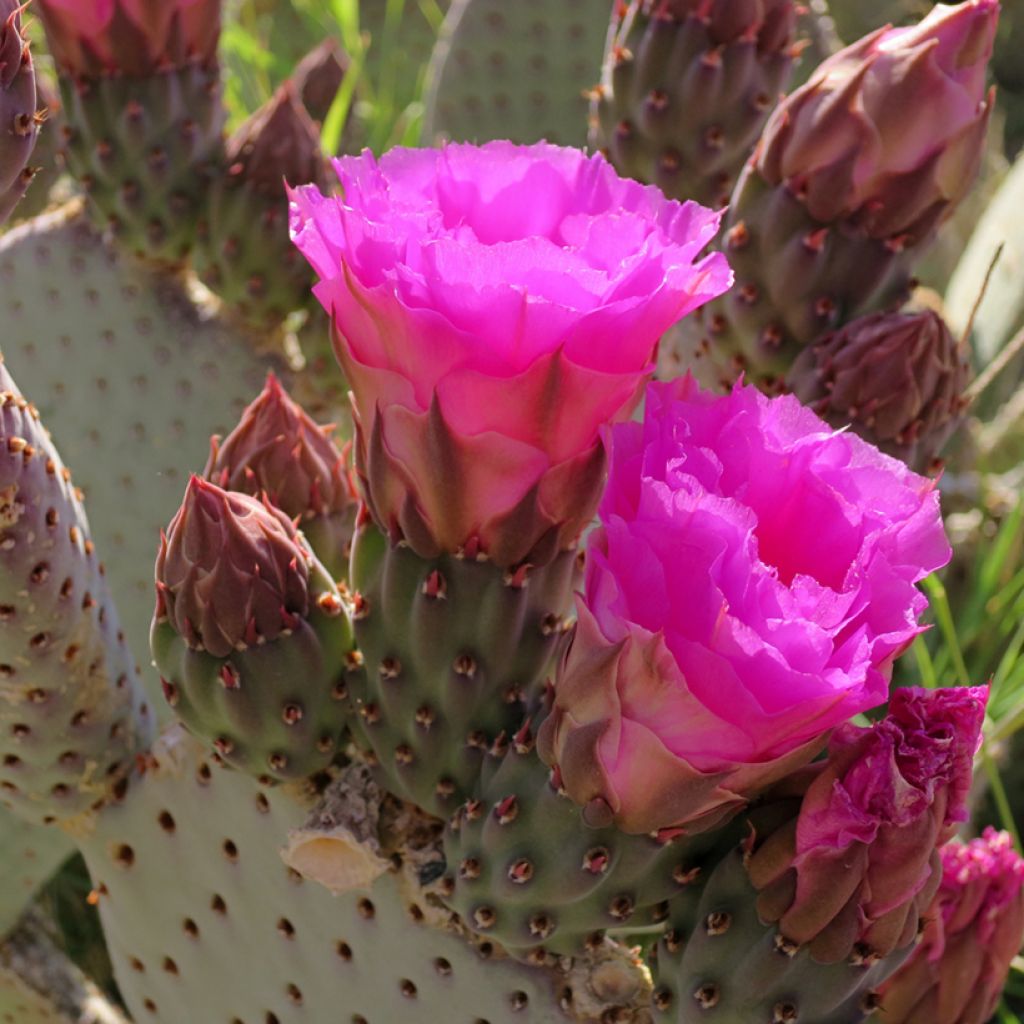

Opuntia basilaris - Beaver tail cactus
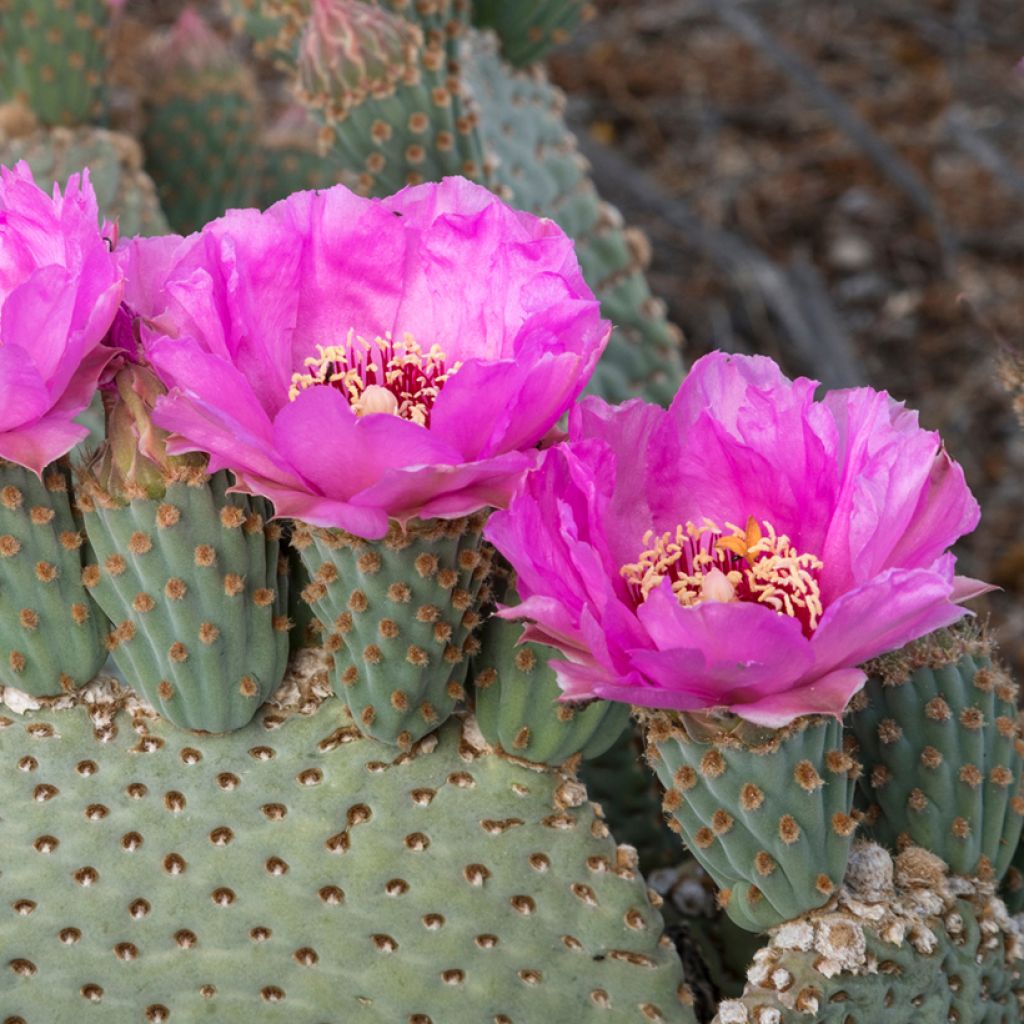

Opuntia basilaris - Beaver tail cactus
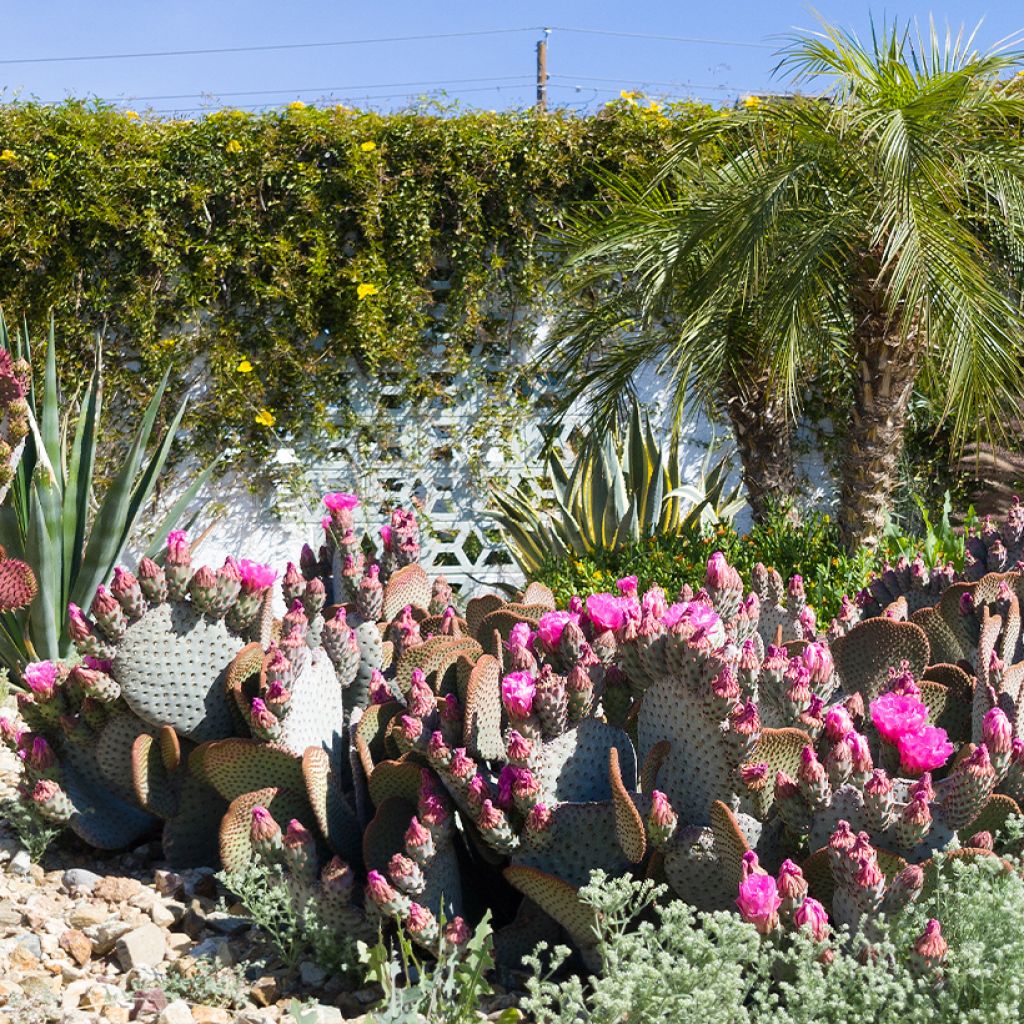

Opuntia basilaris - Beaver tail cactus
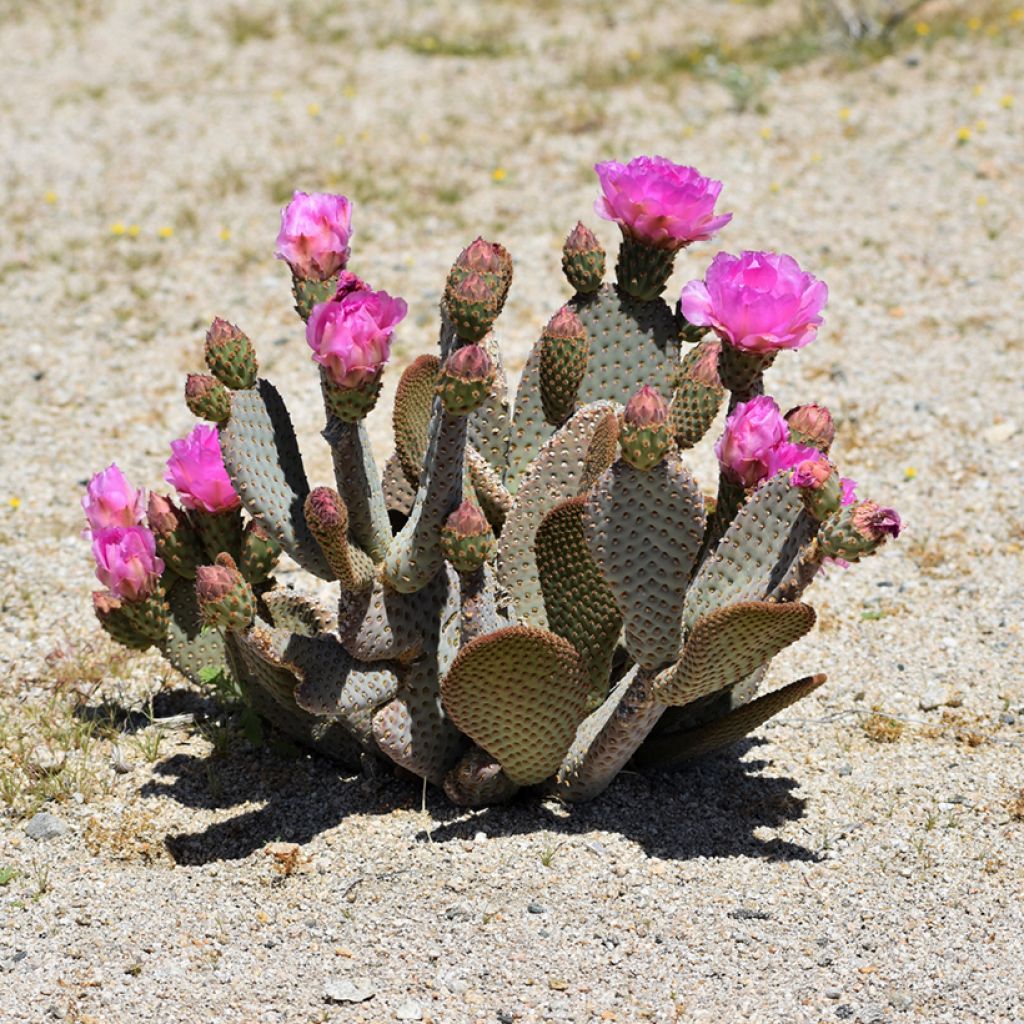

Opuntia basilaris - Beaver tail cactus
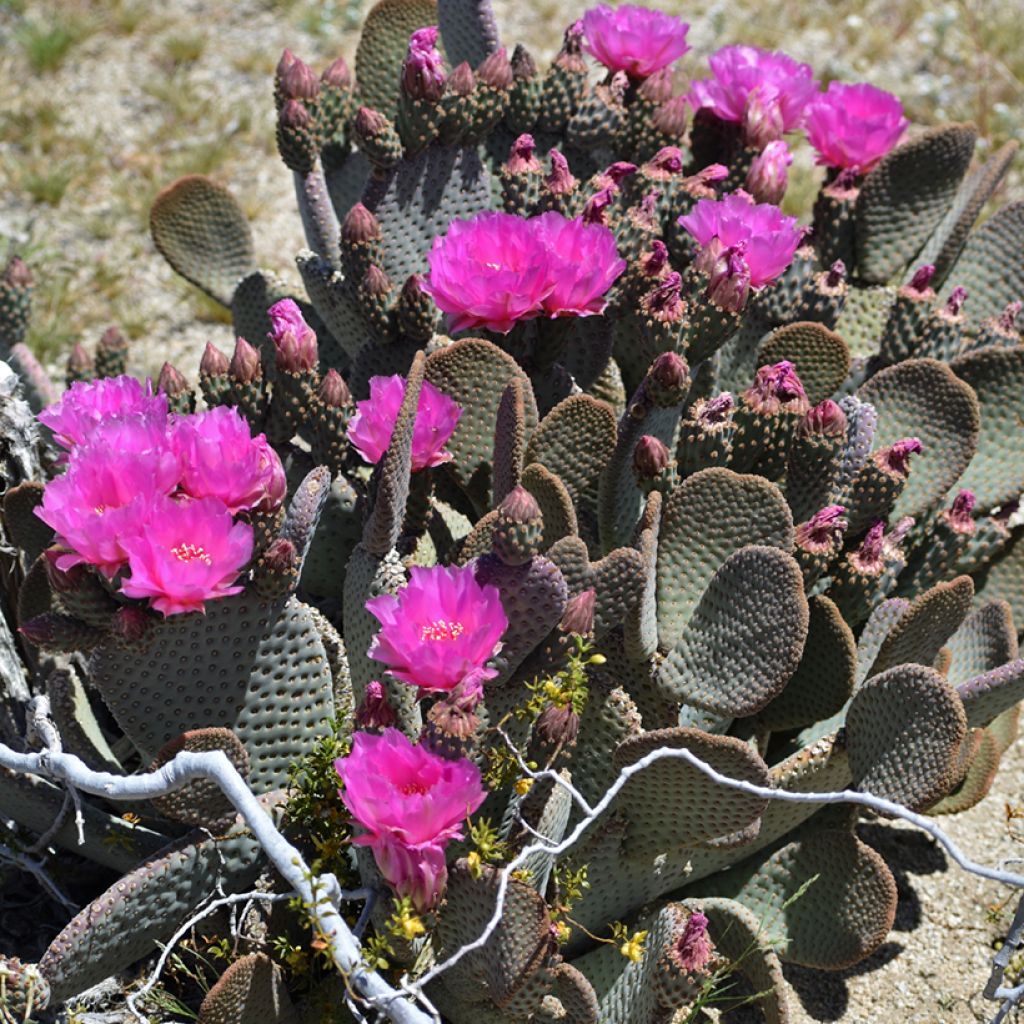

Opuntia basilaris - Beaver tail cactus
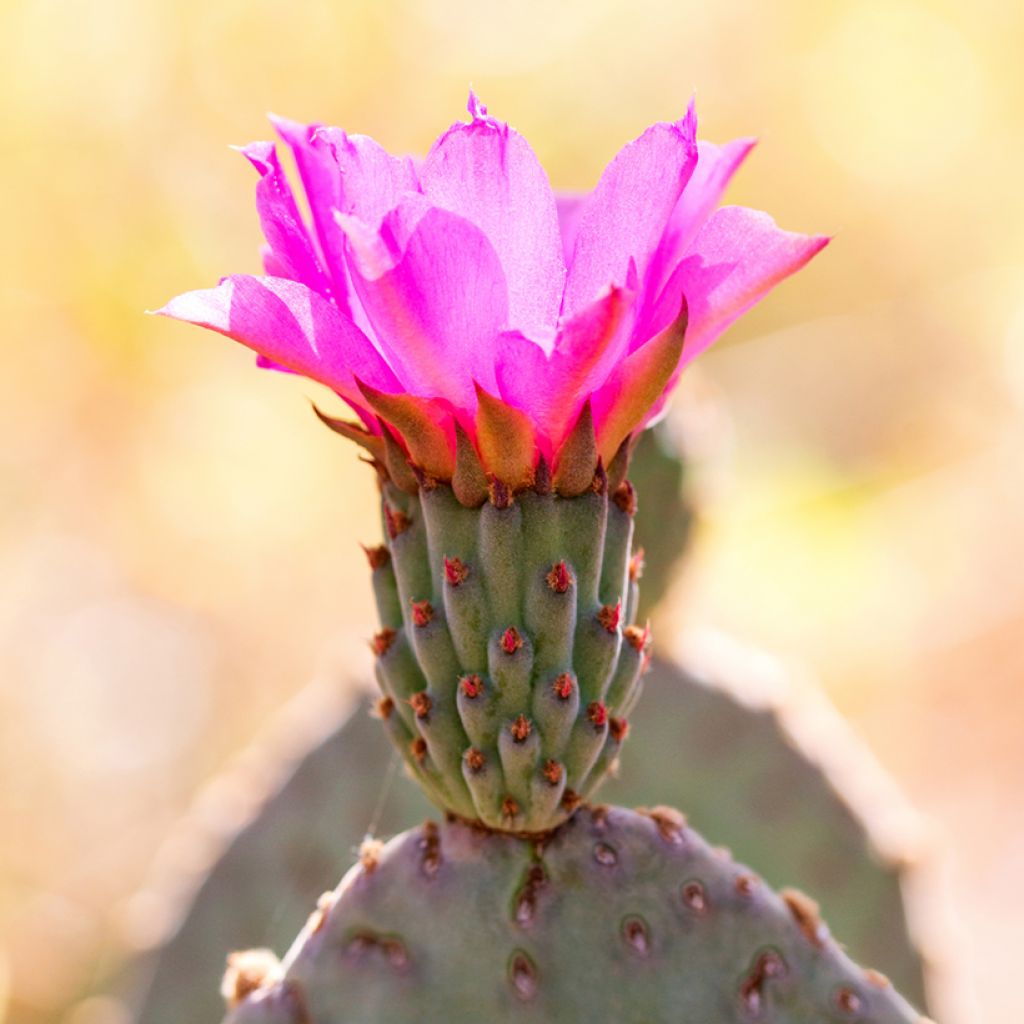

Opuntia basilaris - Beaver tail cactus
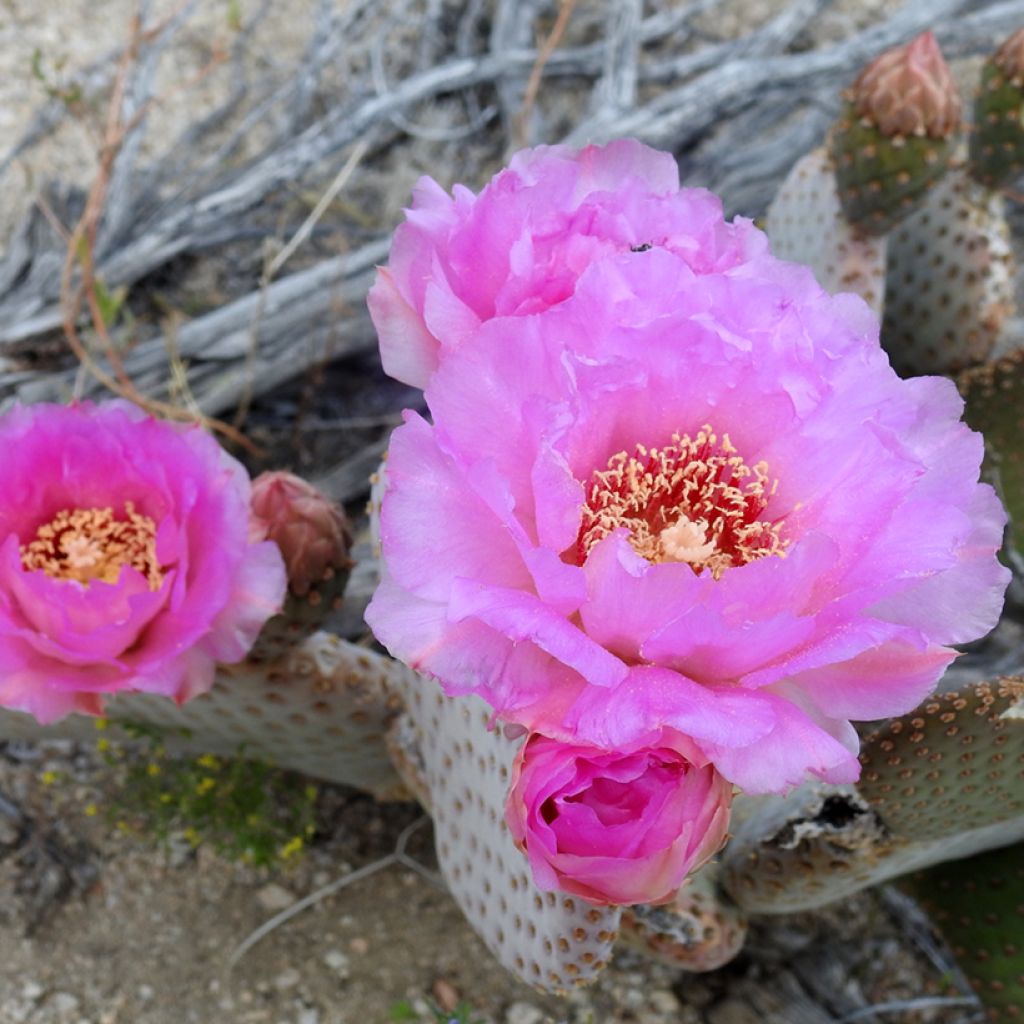

Opuntia basilaris - Beaver tail cactus
Opuntia basilaris - Beaver tail cactus
Opuntia basilaris
Prickly Pear
Special offer!
Receive a €20 voucher for any order over €90 (excluding delivery costs, credit notes, and plastic-free options)!
1- Add your favorite plants to your cart.
2- Once you have reached €90, confirm your order (you can even choose the delivery date!).
3- As soon as your order is shipped, you will receive an email containing your voucher code, valid for 3 months (90 days).
Your voucher is unique and can only be used once, for any order with a minimum value of €20, excluding delivery costs.
Can be combined with other current offers, non-divisible and non-refundable.
Why not try an alternative variety in stock?
View all →This plant carries a 12 months recovery warranty
More information
We guarantee the quality of our plants for a full growing cycle, and will replace at our expense any plant that fails to recover under normal climatic and planting conditions.
Would this plant suit my garden?
Set up your Plantfit profile →
Description
Opuntia basilaris is an extraordinary prostrate prickly pear cactus. This low-growing, spreading plant is recognisable by its soft blue-grey cladodes, often lacking large thorns but adorned with discreet glochidia. In spring and summer, it is adorned with charming, bright pink crumpled flowers. This species tolerates heat and drought well but not severe frosts, excess water, and long wet winters. Outside the Mediterranean coast, it should be grown in pots. Your cactus can spend the summer on the terrace or be cultivated as a houseplant.
Opuntia basilaris belongs to the Cactaceae family. Native to the southwestern United States, particularly California, Nevada, Arizona, and Utah, as well as northern Mexico, this species thrives in the Mojave and Sonoran deserts, at altitudes ranging from 150 to 1800 metres. These regions are characterised by an arid climate, with hot summers and mild winters, and very low annual rainfall. This prickly pear has a bushy, prostrate habit, forming dense clumps that can reach 40-50 cm in height and spread up to 2 metres wide in the ground. In cultivation, its size is generally more modest, especially when grown in pots, where it rarely exceeds 30 cm in height. Its growth is quite slow, but it can produce new shoots from the base, gradually widening the clump. Opuntia basilaris can tolerate temperatures as low as -5°C, provided the soil remains dry during cold periods. Excessive moisture can lead to root rot. The "pads" or cladodes are stem segments. They are flattened, obovate to almost circular, measuring between 8 and 21 cm long and 5 to 13 cm wide. Their shape somewhat resembles a beaver's tail (hence its English name "Beavertail cactus"). They display a blue-green to grey-blue hue, sometimes with purple tints, and have a finely velvety texture. Unlike other Opuntia species, Opuntia basilaris usually lacks large thorns, though some varieties may have them. However, the areoles are equipped with glochidia, tiny barbed brown bristles, measuring up to 3 mm, which can cause skin irritation if handled without gloves.
Flowering occurs in spring or summer depending on the climate. The flowers of this prickly pear are very beautiful, measuring 5 to 7.5 cm in diameter. The pink to magenta petals surround stamens with deep magenta filaments and a style ranging from white to pink. These flowers appear on the upper margins of the cladodes. To encourage abundant flowering, it is essential to provide the plant with full sun exposure and well-drained soil, dry in winter, mimicking its natural habitat conditions. The fruits that follow flowering are spherical to inverted ovoid, measuring about 2.5 to 3 cm long and 1.5 to 2.2 cm in diameter. When ripe, they turn green and become dry. Although the fruits are edible, their low pulp content and dry texture make them unappealing.
The Shoshone Native Americans used the inner pulp of Opuntia basilaris to make poultices to relieve pain and treat minor wounds. This traditional use highlights the medicinal properties attributed to this species in indigenous cultures.
Opuntia basilaris is a gem for Mediterranean coastal gardens. It naturally fits into an arid rockery or a desert garden. In a pot on a sunny terrace, it creates striking sculptural compositions. To showcase its unique appearance, pair it with small Agaves like the adorable Agave Kikijokan or Opuntia microdasys 'Caress'. In pots, play with textures by pairing it with light pebbles and decorative gravel to create a miniature desert landscape that will be eye-catching all year round!
Opuntia basilaris - Beaver tail cactus in pictures


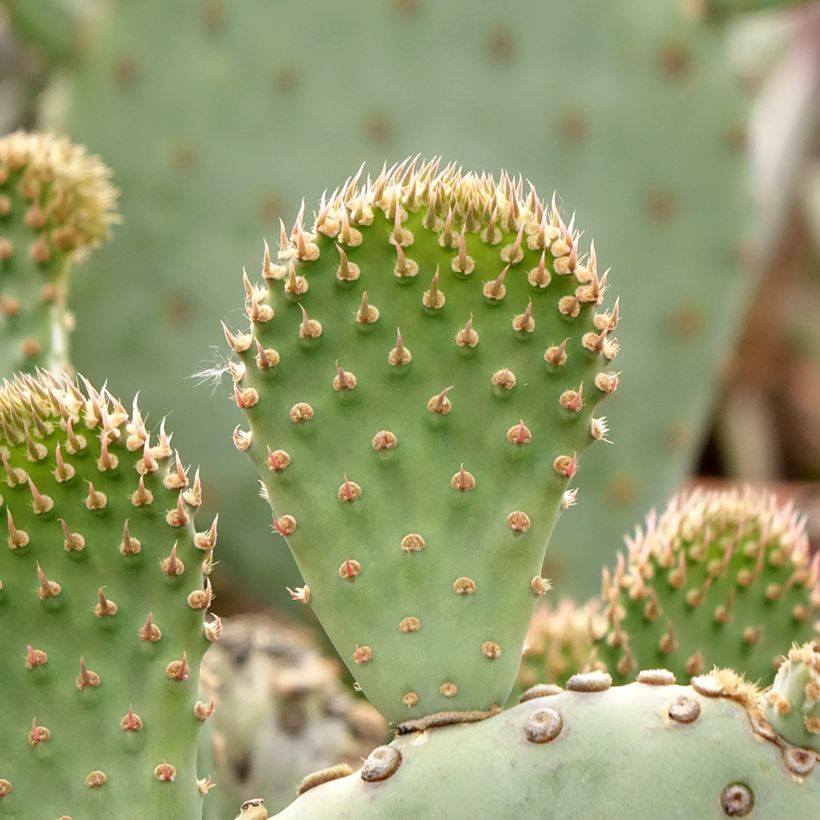

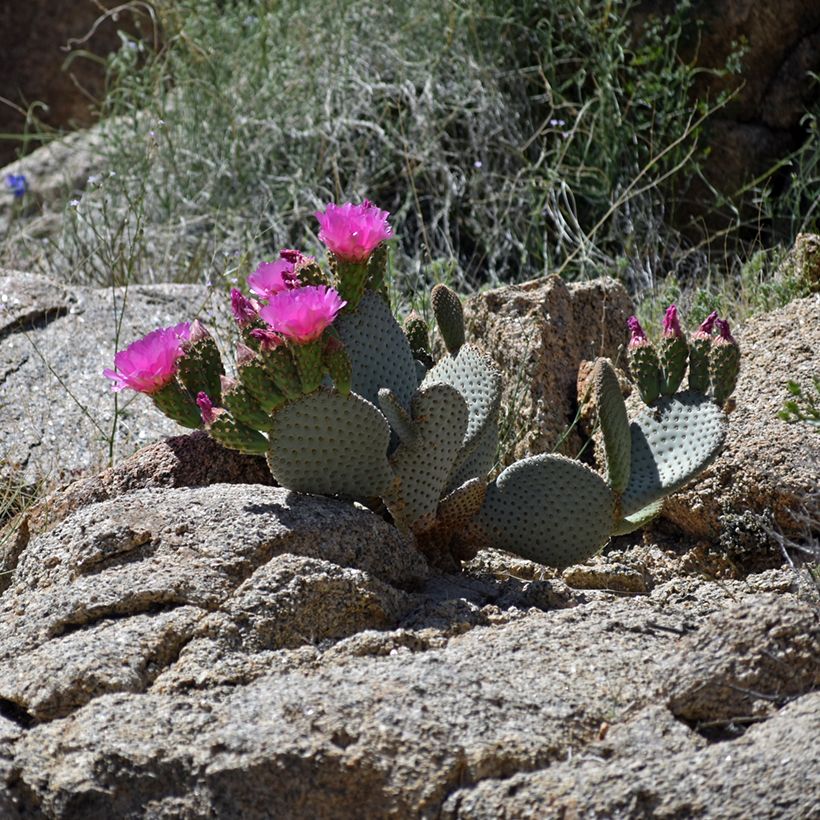

Flowering
Foliage
Plant habit
Botanical data
Opuntia
basilaris
Cactaceae
Prickly Pear
Opuntia whitneyana
North America
Other Opuntia
View all →Planting and care
To cultivate Opuntia basilaris, aim to replicate the conditions of its natural habitat.
In the ground, choose a location with maximum sunlight and extremely well-drained soil, preferably sandy or gravelly. Before planting, mix in gravel or coarse sand to improve drainage and prevent waterlogging, as this cactus is highly sensitive to excess moisture. Plant in spring, when temperatures are mild enough to encourage root development.
In pots, opt for a terracotta container with drainage holes at the bottom, which allows better evaporation of moisture. Use a specialised cactus substrate or create a mix of light potting soil and coarse sand. Place the pot in a very bright spot, ideally in full sun. Water moderately: during the growth period (spring and summer), water lightly when the substrate is dry on the surface, while in winter, drastically reduce watering or stop altogether, especially if the plant is kept in cool temperatures. A cool winter rest period also promotes better flowering the following spring.
Propagation by cuttings of prickly pear pads is easy: remove a segment at a joint, place it on a cactus soil substrate for a few days until a callus forms. Then insert the base of the cutting slightly deeper into the soil and water regularly. The plant will not flower or bear fruit until it is at least 3 years old.
Handle your cacti with gloves and protective goggles.
Planting period
Intended location
Care
Planting & care advice
This item has not been reviewed yet - be the first to leave a review about it.
Similar products
Haven't found what you were looking for?
Hardiness is the lowest winter temperature a plant can endure without suffering serious damage or even dying. However, hardiness is affected by location (a sheltered area, such as a patio), protection (winter cover) and soil type (hardiness is improved by well-drained soil).

Photo Sharing Terms & Conditions
In order to encourage gardeners to interact and share their experiences, Promesse de fleurs offers various media enabling content to be uploaded onto its Site - in particular via the ‘Photo sharing’ module.
The User agrees to refrain from:
- Posting any content that is illegal, prejudicial, insulting, racist, inciteful to hatred, revisionist, contrary to public decency, that infringes on privacy or on the privacy rights of third parties, in particular the publicity rights of persons and goods, intellectual property rights, or the right to privacy.
- Submitting content on behalf of a third party;
- Impersonate the identity of a third party and/or publish any personal information about a third party;
In general, the User undertakes to refrain from any unethical behaviour.
All Content (in particular text, comments, files, images, photos, videos, creative works, etc.), which may be subject to property or intellectual property rights, image or other private rights, shall remain the property of the User, subject to the limited rights granted by the terms of the licence granted by Promesse de fleurs as stated below. Users are at liberty to publish or not to publish such Content on the Site, notably via the ‘Photo Sharing’ facility, and accept that this Content shall be made public and freely accessible, notably on the Internet.
Users further acknowledge, undertake to have ,and guarantee that they hold all necessary rights and permissions to publish such material on the Site, in particular with regard to the legislation in force pertaining to any privacy, property, intellectual property, image, or contractual rights, or rights of any other nature. By publishing such Content on the Site, Users acknowledge accepting full liability as publishers of the Content within the meaning of the law, and grant Promesse de fleurs, free of charge, an inclusive, worldwide licence for the said Content for the entire duration of its publication, including all reproduction, representation, up/downloading, displaying, performing, transmission, and storage rights.
Users also grant permission for their name to be linked to the Content and accept that this link may not always be made available.
By engaging in posting material, Users consent to their Content becoming automatically accessible on the Internet, in particular on other sites and/or blogs and/or web pages of the Promesse de fleurs site, including in particular social pages and the Promesse de fleurs catalogue.
Users may secure the removal of entrusted content free of charge by issuing a simple request via our contact form.
The flowering period indicated on our website applies to countries and regions located in USDA zone 8 (France, the United Kingdom, Ireland, the Netherlands, etc.)
It will vary according to where you live:
- In zones 9 to 10 (Italy, Spain, Greece, etc.), flowering will occur about 2 to 4 weeks earlier.
- In zones 6 to 7 (Germany, Poland, Slovenia, and lower mountainous regions), flowering will be delayed by 2 to 3 weeks.
- In zone 5 (Central Europe, Scandinavia), blooming will be delayed by 3 to 5 weeks.
In temperate climates, pruning of spring-flowering shrubs (forsythia, spireas, etc.) should be done just after flowering.
Pruning of summer-flowering shrubs (Indian Lilac, Perovskia, etc.) can be done in winter or spring.
In cold regions as well as with frost-sensitive plants, avoid pruning too early when severe frosts may still occur.
The planting period indicated on our website applies to countries and regions located in USDA zone 8 (France, United Kingdom, Ireland, Netherlands).
It will vary according to where you live:
- In Mediterranean zones (Marseille, Madrid, Milan, etc.), autumn and winter are the best planting periods.
- In continental zones (Strasbourg, Munich, Vienna, etc.), delay planting by 2 to 3 weeks in spring and bring it forward by 2 to 4 weeks in autumn.
- In mountainous regions (the Alps, Pyrenees, Carpathians, etc.), it is best to plant in late spring (May-June) or late summer (August-September).
The harvesting period indicated on our website applies to countries and regions in USDA zone 8 (France, England, Ireland, the Netherlands).
In colder areas (Scandinavia, Poland, Austria...) fruit and vegetable harvests are likely to be delayed by 3-4 weeks.
In warmer areas (Italy, Spain, Greece, etc.), harvesting will probably take place earlier, depending on weather conditions.
The sowing periods indicated on our website apply to countries and regions within USDA Zone 8 (France, UK, Ireland, Netherlands).
In colder areas (Scandinavia, Poland, Austria...), delay any outdoor sowing by 3-4 weeks, or sow under glass.
In warmer climes (Italy, Spain, Greece, etc.), bring outdoor sowing forward by a few weeks.






























